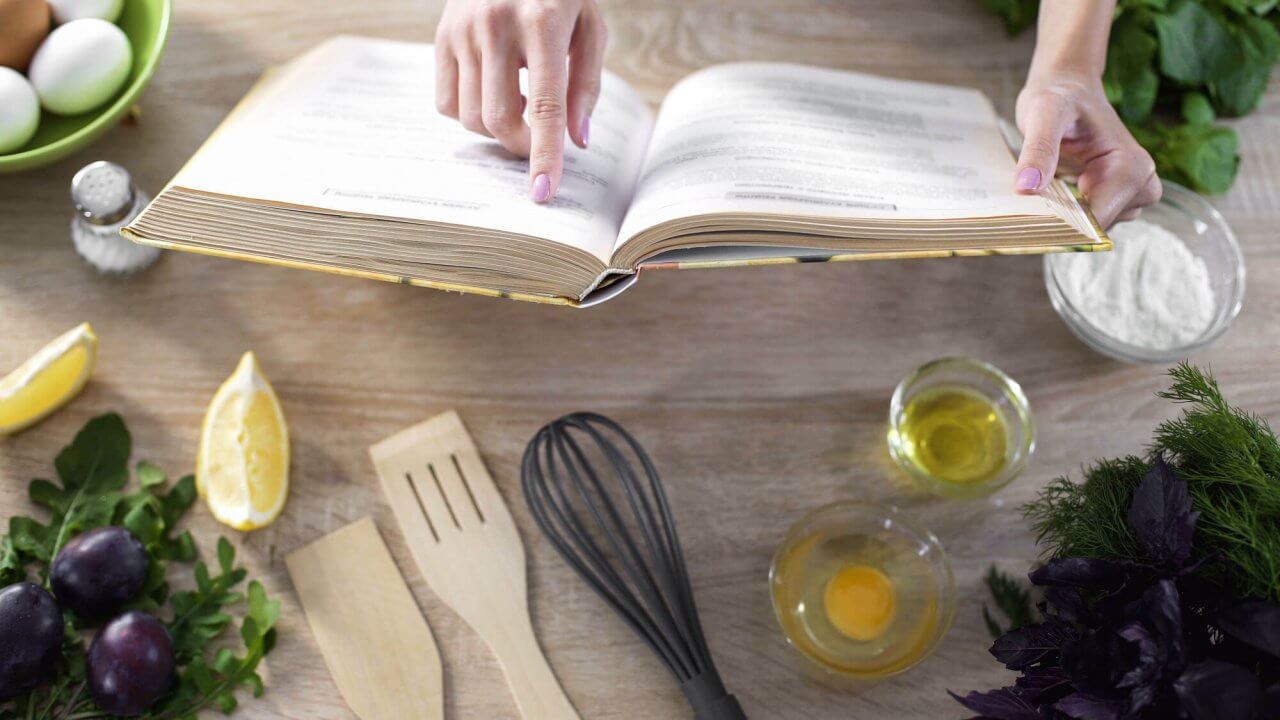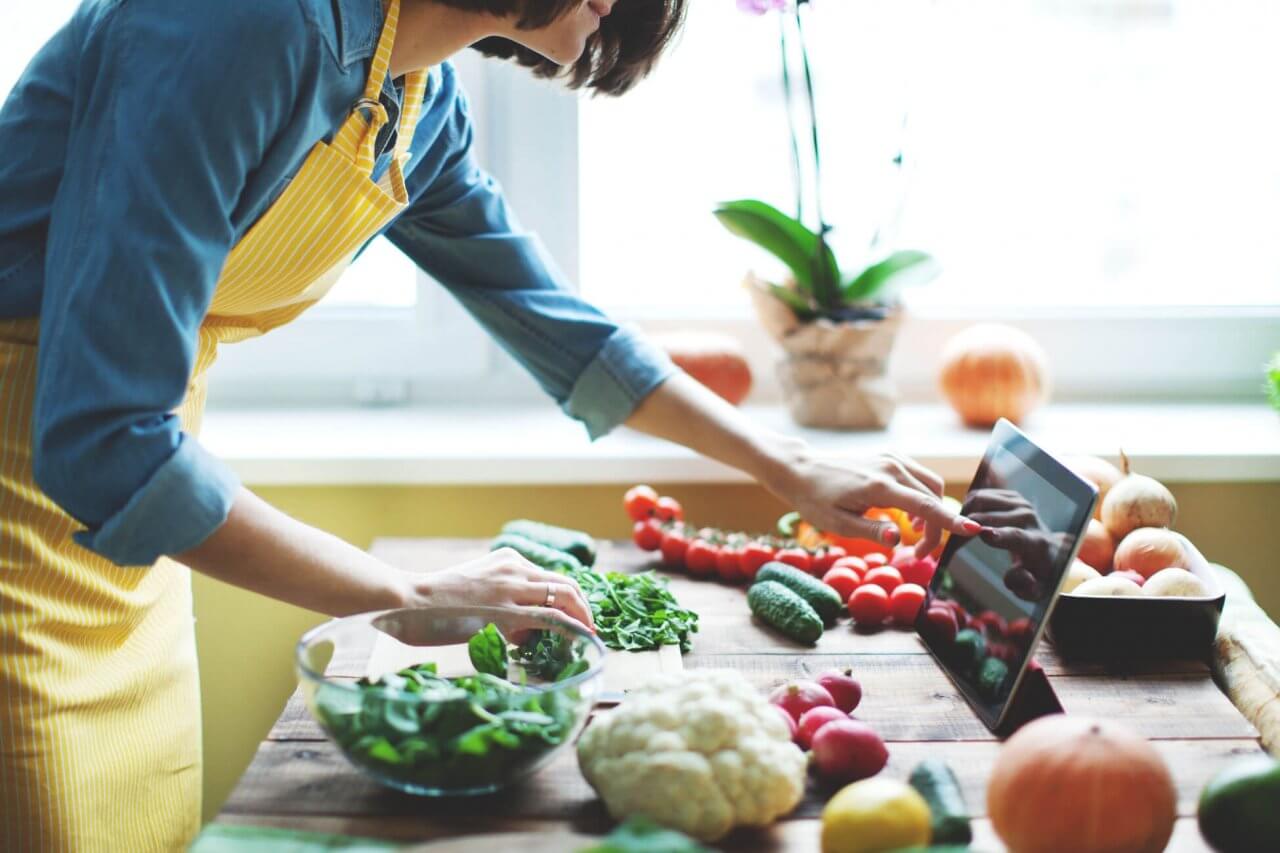We sometimes use recipes for inspiration and sometimes we just want to follow them to the letter. What should we pay attention to when reading recipes and what can we do to read them correctly and avoid being overwhelmed?
A study in the United Kingdom showed that only four recipes are usually used from a typical cookbook. Forty percent of cookbooks are never opened once they’re on the shelf. There is no doubt that most cookbooks are used for ideas rather than their recipes. Some books inspire while others contain recipes we love. These are the books that find their way from the bookshelf into the living room and onto kitchen racks. Books that grow more beautiful with use, the pages and covers of which are stained with ingredients.



